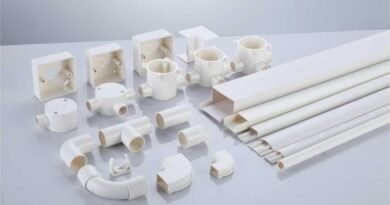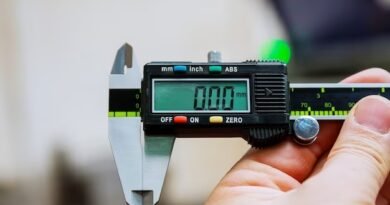The Truth About Bearing Pullers
When some compounds are held together because of their frictional force, and you need to separate them, you will need a set of pullers to make this separation happen. You will find a wide range of pullers, separators, extraction tools, insertion tools, and some puller accessories. The bearing pullers consist of jaws with the help of which they grip the component before driving it off the shaft.
Pullers are used throughout many industries for safely and effectively dismounting certain bearings. Whether working in the food and beverage or automotive industries, you might need a bearing puller to dismount bearings and other components easily.
Why Use Bearing Pullers?
Bearing pullers are effectively used in cold dismounting. Bearing pullers are used when a component is securely and tightly mounted and cannot be separated manually.
This could incorporate circumstances where a harmed part has prompted machine breakdown. The defective part should be taken out as quickly and securely as conceivable to downplay personal time. On the off chance that you have no expert devices around, it may be enticing to utilize a hammer and brute power to eliminate the bearing. In any case, this can prompt encompassing parts to become harmed, bringing about additional personal time.
A bearing puller can proficiently eliminate the stuck part from the shaft or break without causing any harm to the shaft or other encompassing parts. This assists with advancing the uptime and dependability of your hardware. Bearing pullers is safer than other techniques like naked force or brute force. With high-quality bearing pullers, you will be assured of workers’ safety.
Types of Bearing Pullers
Bearing pullers can be divided into the following major categories:
External Bearing Pullers
External bearing pullers are used when the bearing is mounted onto the shaft. With the help of their jaws, they grip the outer diameter of the bearing with a forcing screw that pushes against the end of the shaft. When you tighten the screw force, the jaws push the bearings along the shaft.
This sort of puller can be either mechanical or use Hydraulic assistance. A Hydraulic Bearing Puller requires negligible manual exertion, making them ideal for uncompromising or heavy-duty applications. Nonetheless, expert heavy-duty bearing pullers are additionally accessible for these applications.
Internal Bearing Pullers
Internal bearing pullers are also known as blind bearing pullers, and these are used when the bearing component is fitted with the recess and has an opening on the inner diameter. The puller can be inserted through the inner diameter from which it grips the bearing. This can be done by using claws or through expansion. You can then easily pull this bearing from the recess.
Reversible Bearing Pullers
Another bearing puller available is the reversible bearing puller. These pullers can be used for internal and external pulling because of their reversible arms. This feature makes them useful for applications when bearings are fitted on both the shafts and the recesses.
Which One to Choose?
The choice of which puller to utilize is subject to many elements. You’ll initially have to decide whether you want an external or an internal bearing puller.
Assuming the part you’re eliminating is situated on a shaft and is accessible from the external width, you’ll require an outside bearing puller. This is the most widely recognized kind of puller. Assuming the part you’re attempting to eliminate in a recess with the inner diameter open; you’ll require an internal-bearing puller.




Your writing carries a quiet power, subtly shaping the way you see the world.